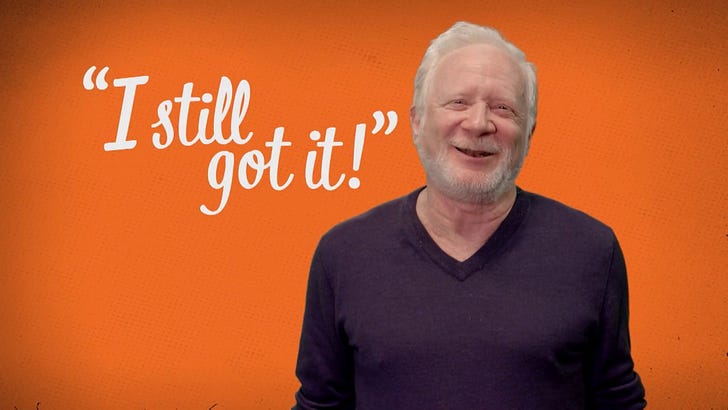No. 265: SIDNEY CROSBY AT 37 / Don't try to tell him it's winding down
The takeaway from the opening game of the Four Nations: There have been others this great, but not this great this late.
Keep reading with a 7-day free trial
Subscribe to How to Succeed in Sportswriting (without Really Trying) to keep reading this post and get 7 days of free access to the full post archives.



